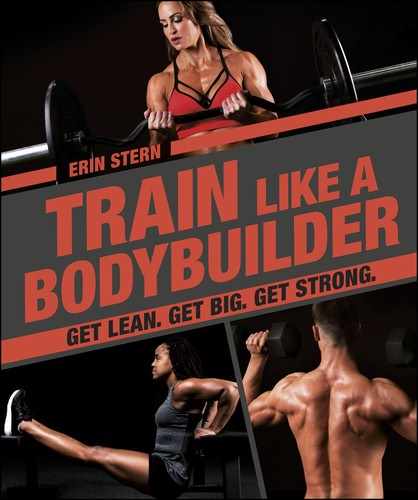MILITARY PRESS
TARGETS /// delts (primary); triceps, core (secondary)
EQUIPMENT /// squat rack or power rack, barbell, and plates
One of the six basic lifts, the military press has both aesthetic and functional benefits. Become proficient at pressing and you’ll enjoy broad, beautiful shoulders, a strong core, and increased power. And increased power translates to better lifts and better jumping ability!

[1]Stand with your feet positioned shoulder-width apart and flat on the ground. Place your hands on the bar with an overhand grip that’s slightly wider than shoulder-width apart, with your elbows positioned directly beneath your hands. Position the bar above your collarbone and keep your upper body leaning slightly back.

[2]Unrack the bar (stepping forward slightly if you’re using a power rack) and hold the bar just above your collarbone.

[3]Push the bar upward until your arms are fully extended (your upper body should come forward slightly as you press, and your arms should be in line with your ears at the full extension of the bar), pause, then lower the bar back down to the starting position.
TRAIN THE RIGHT WAY
DO: lean back as you lower the bar back down.
DON’T: push your head forward at full extension. (Your body should come forward.)
VARIATIONS

^ Narrow-to-wide press (more challenging) Choose dumbbells that are 50 to 60 percent of the weight you’d normally use. Start with an overhand grip and hold the dumbbells at shoulder-width. As you press, simultaneously push the dumbbells up and out.
Machine military press Adjust the machine seat to allow your upper arms to stop at parallel or just below. (This variation takes stabilizers out of the equation and also aids in going heavy without a spotter, so it’s a great choice for building size and strength.)
Neutral-grip dumbbell press Hold dumbbells with your palms facing each other throughout the range of motion. (This variation better hits the medial head of the shoulders.)
Standing dumbbell military press Stand with your feet shoulder-width apart and on soft knees. Keep your back flat as you press. (Standing presses use more stabilizer muscles than seated presses.)
